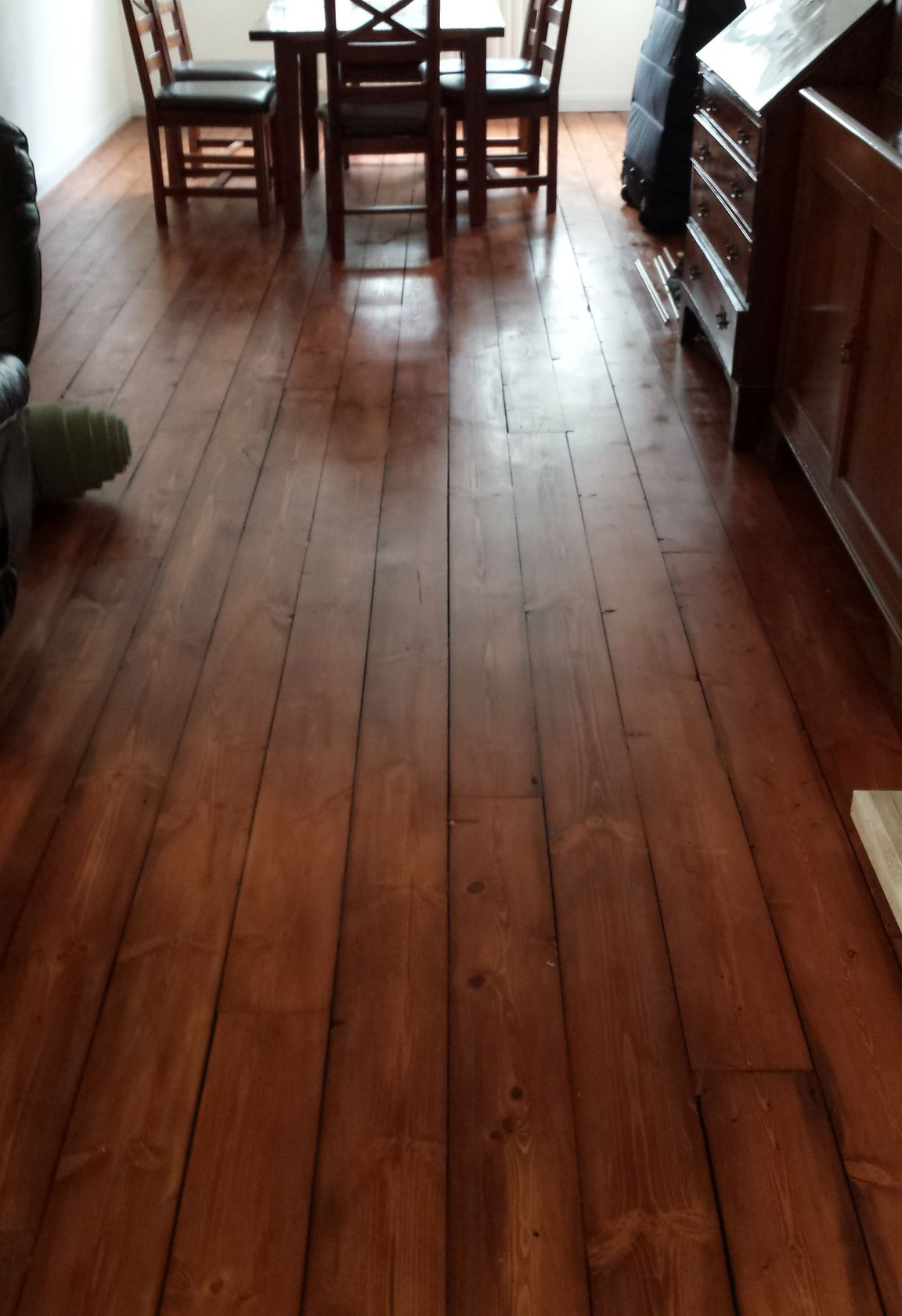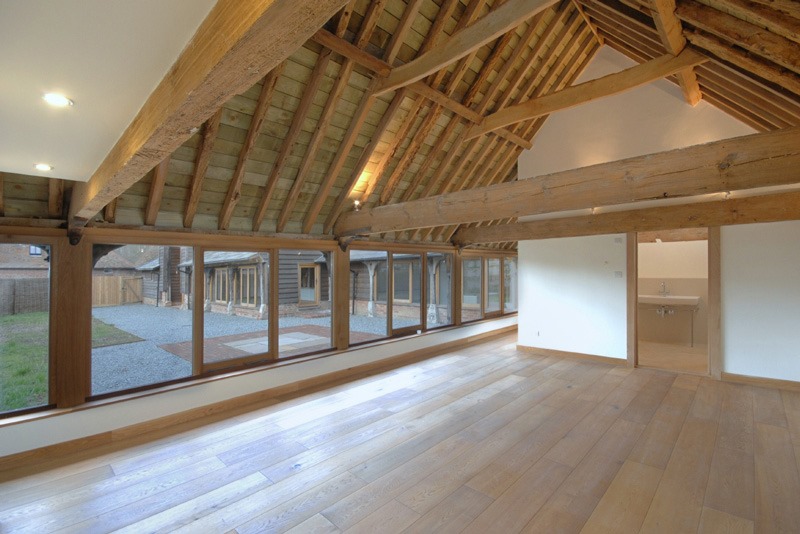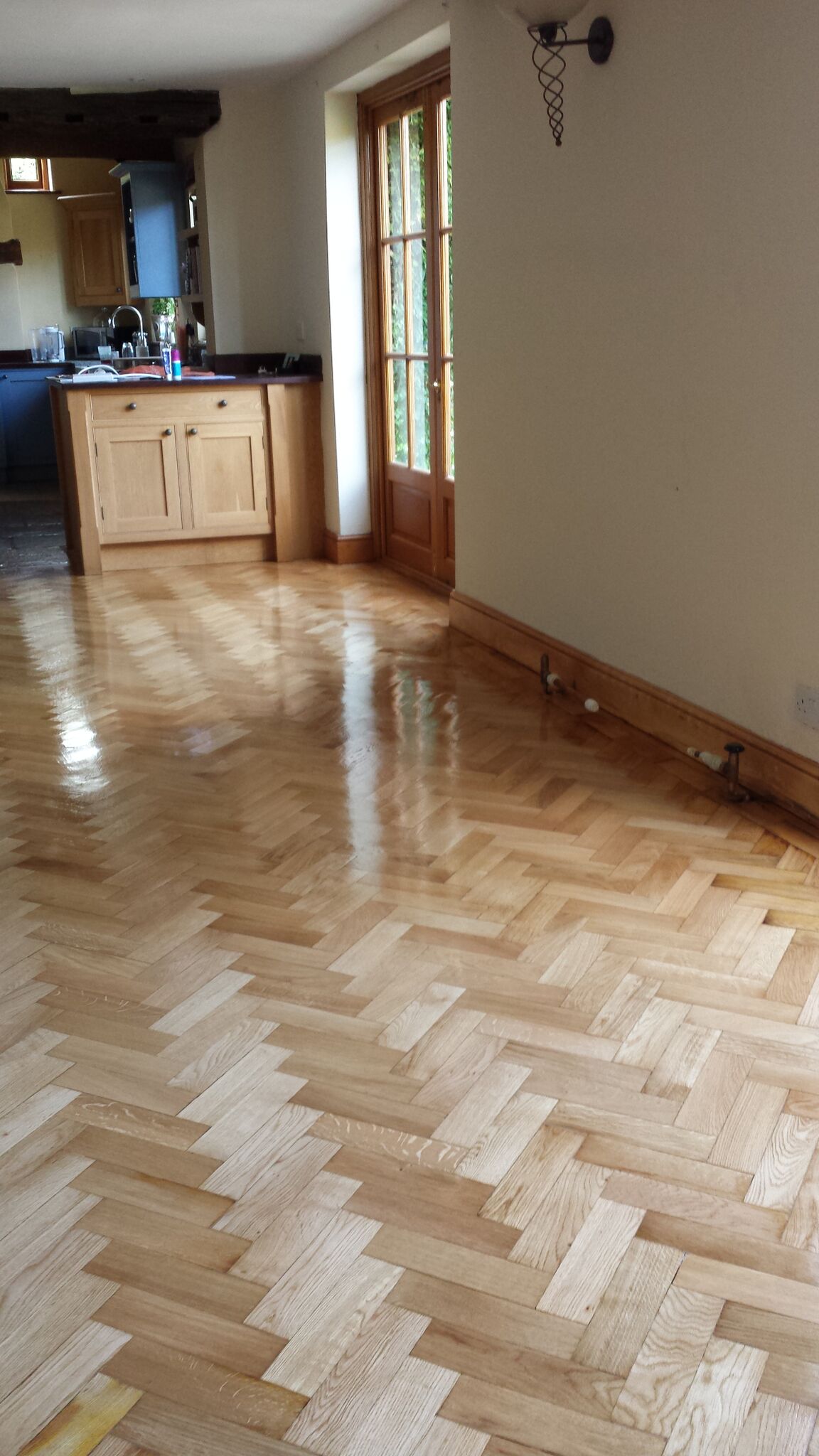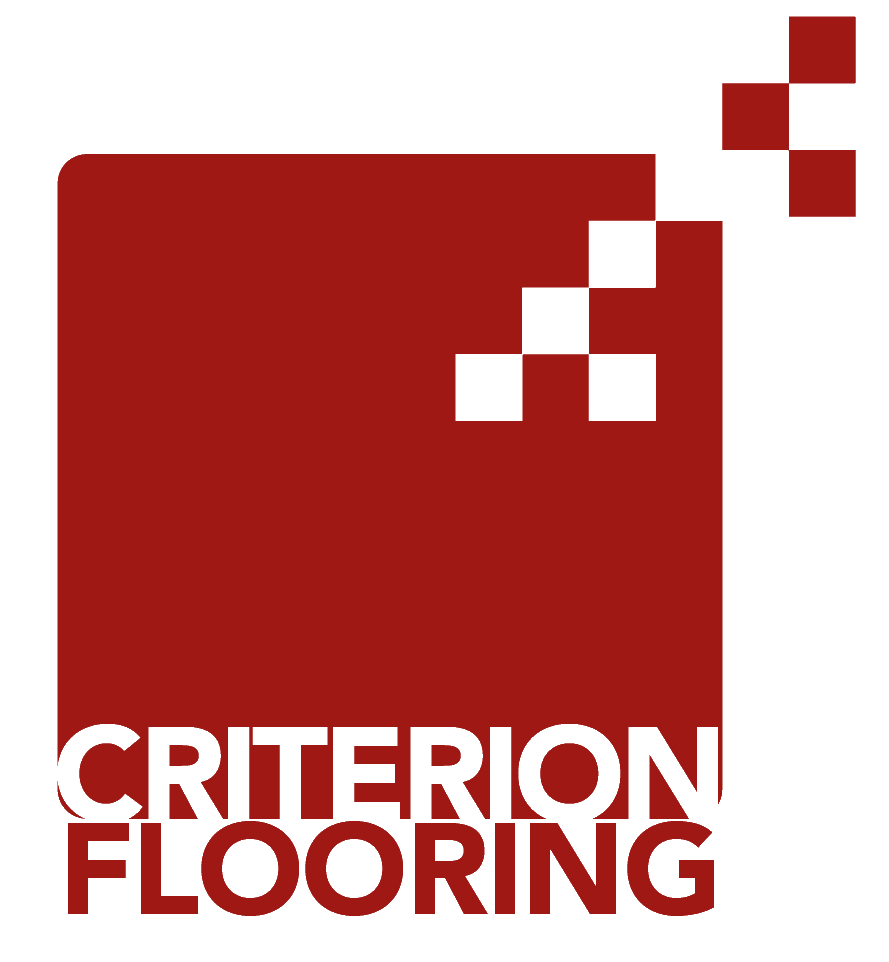Choosing wood flooring
The first decision is what type of wood finish you require… the colour, the longevity the finish and the location of the flooring are all key factors to consider and of course cost!
A dark wood for example absorbs the light and a lighter wood will darken gradually over time. Re sanding the surface periodically, replenishes the finish and restores it to it’s original state. It depends on the thickness of the wood as to how many re-sandings
It will take (re sanding takes off about 1.5mm off the surface of the wood)
Engineered Board v Solid Wood
Natural untreated wood is available in 15, 18 or 20mm thickness. The thicker the wood you specify, the greater it’s longevity.
A 20mm solid wood for example, will provide a lifetime of beautifully presented wood and a comfortable surface to walk on.(It could also be sanded 4/ 5 times during it’s lifetime to restore it to its original state)
Engineered wood is multi layers of ply-board bonded with a solid wood veneer. An engineered board takes less time to adapt to it’s environment an is more stable more quickly, it’s manufactured So it doesn’t ‘move’ in the way untreated natural wood does.
Wood is a natural product which needs to breathe…
Natural wood acclimatises to the humidity of your home. Where an engineered wood settles in a matter of 48 hrs, natural wood takes 7-10 days.
For example natural wood is Kiln dried at around 9-11% humidity if your house was at 15% humidity then you would be best advised to ventilate/air
the house to equalise the humidity so the flor can be laid. It would then need to be kept at a steady temperature (around 18-20 degrees) over the next
10 days. The reason for this is that wood can swell, as it does so it begins to take up the expansion gaps that have been left and then a’ wave’ is created
and a floor can buckle in the middle as the expansion gaps are taken up and it pushes inwards as it expands.
A wood floor needs to breathe or this ‘greenhouse effect’ can cause the floor to come up.
This is why it is important to use a reputable company, Criterion flooring take great care in surveying your house and guarantee it’s work is done to the highest standards.
Underlay and Acoustics
An existing concrete flooring should be entirely flat. An uneven floor will need to be screened or ply board laid ( WBP Waterproofed ply board) to ensure the surface is completely flat.
The under flooring will determine how stable the floor is underfoot. For example a solid wood floor bonded to a screened sub floor will provide a stable surface, permanent under foot with better acoustics. It is bonded with adhesive, which provides a water proof layer to prevent any damp from beneath affecting the wood flooring.
The alternative is to ‘float’ the floor, which is when it is not bonded but ‘floated’ above a ‘blown rubber’ underlay. If this is the method chosen by our client Criterion flooring use an underlay called “Timber mate’ because it is heavier and more dense in its structure and has a built in vapour barrier. The wood panels are then laid or ‘floated’ on top of the underlay without the adhesive layer used on a screened underlay.
Colour matching your wood flooring
Criterion flooring can generally match any colour you require by wood staining…matching wood stains together to get the right blend or using pre mixed oil tints to match a colour chart.
To get a perfectly matched finish Criterion flooring lay unfinished wood and then create the exact wood finish when the floor is down. This ensures all the joints are coated and sealed.
If a floor is pre finished at the factory then whilst it is lacquered and coated when the panels are butted together the joints are then not sealed so potentially spillages can seep
down into the joint and expand the edges of the boards.(this may be particularly relevant in bathrooms and kitchens)
This is why Criterion coat the floor in situ to ensure all the joints are properly sealed and the floor perfectly prepared.
Parquet flooring a Criterion speciality!
Parquet flooring may remind you of your school days but these days it’s also a very chic wood flooring .
It’s herringbone patterns and different colour tones make it an easy and effective way to add interest to any room.
Because of the way the different patterns and tones can be mixed it offers great flexibility. it’s also hard wearing nature a good parquet floor can last a lifetime and be refurbished to achieve the look you want, be it classic or contemporary.
Parquet flooring can bring beautiful timber floors up a notch with its incredible detailing. So many designs are now available, from the traditional basket weave or brick look to updated chevron and herringbone designs. Each beautiful and intricate design can add value and interest to your home.
Follow this link for some great Parquet floor ideas http://www.redonline.co.uk/interiors/decorating-ideas/wall-and-flooring-ideas/floors
Laminates
Laminates can be up to 50% cheaper than real wood. It is available in thicknesses of 6mm-10mm and made of high density fibre board . It is however a wood ‘imitation’
And consequently it doesn’t last as long. A 6mm laminate would last around 2/3 years and 8mm surface perhaps 12-15 years and a 9.5mm laminate up to 20-25 years. (as long as it is regularly cleaned with a damp mop and a suck and vac hoover used to keep off dust and grit which could grind away the surface of the laminate spoiling its appearance over time).
‘Parquetry’
**Originally a French feature dating from 1684, parquet flooring is made from solid blocks of hardwoods, laid over tie bars in square, triangular or lozenge designs, then nailed in place. This style of flooring became popular with the wealthy, as it did not trap moisture and encourage rotting joists the way marble flooring did.
Today this elegant design can add historic interest to modern, contemporary or traditional Homes. Particularly Victorian era Buildings. (Purists use the word “parquetry” to refer to timber flooring or furniture with angular and geometric patterns, while “marquetry” refers to curved shapes).
Call us today for a free consultation on 01442 822 799




